Factors affecting the self-priming performance of a self-priming pump
Factors affecting the self-priming performance of a sel [...]
Factors affecting the self-priming performance of a self-priming pump
- Reservoir volume: For liquid-gas mixed self-priming pumps, increasing the reservoir volume and capacity can shorten the self-priming time to varying degrees.
- Clearance between impeller and tongue plate: The tongue plate scrapes the liquid-gas mixture off the outer edge of the impeller, preventing the mixture from circulating locally in the volute. The smaller the clearance between the tongue plate and impeller, the more liquid-gas mixture is discharged from the volute, resulting in shorter self-priming time. However, excessively small clearance may cause significant fluid flow noise in the pump.
- Impeller outlet width and volute cross-sectional area: For externally mixed self-priming sewage pumps, wider impeller outlet width and larger volute cross-sectional area facilitate thorough mixing of gas and liquid, reducing self-priming time.
- Reflux hole area: Experimental results have shown that there is an optimal value for the reflux hole area. Self-priming time increases when the area is below this value, while both self-priming height and pump efficiency decrease when the area exceeds this value.
- Reflux hole position: The self-priming effect of externally mixed self-priming pumps varies with the position of the reflux hole, generally located near the lower part of the pump volute.




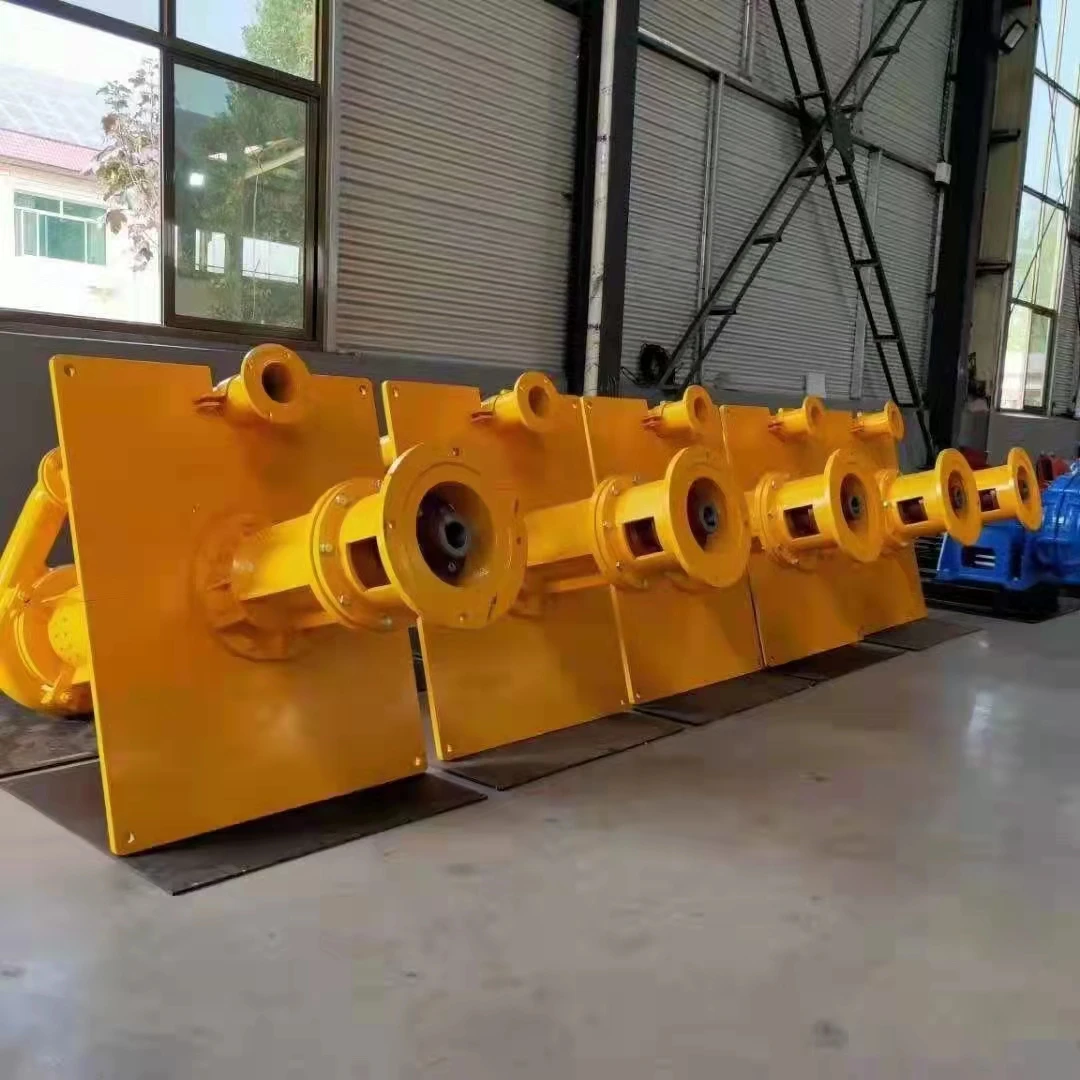
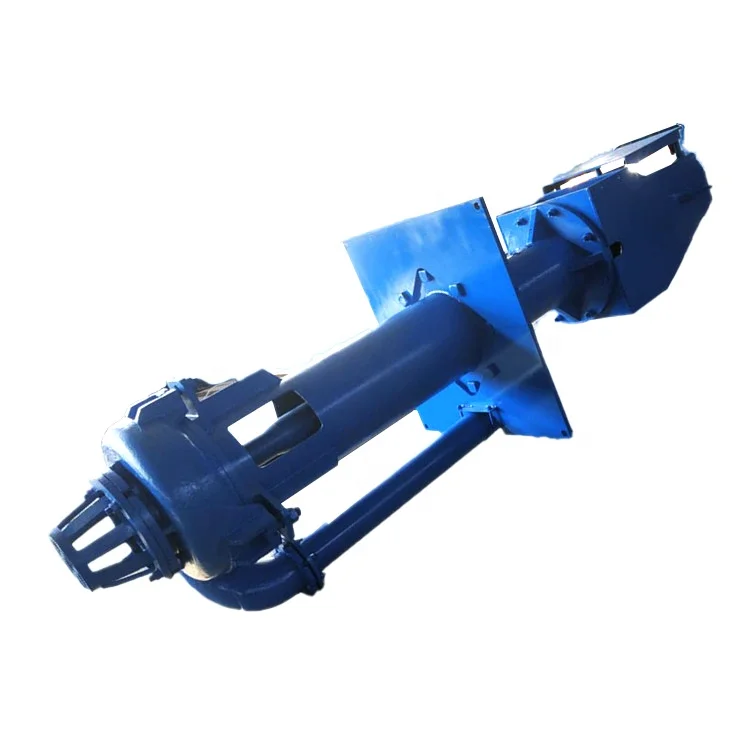
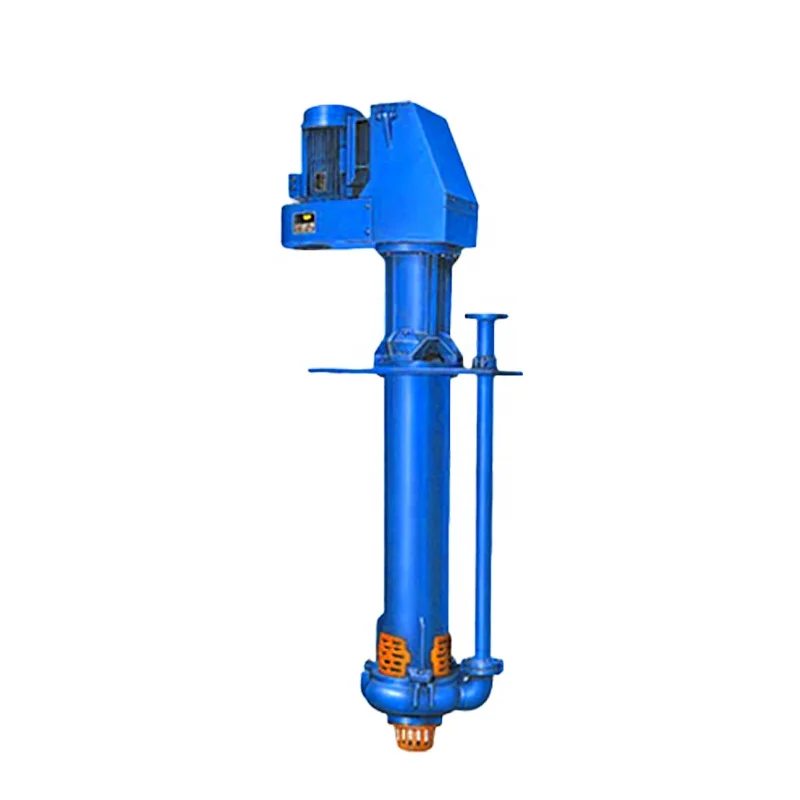
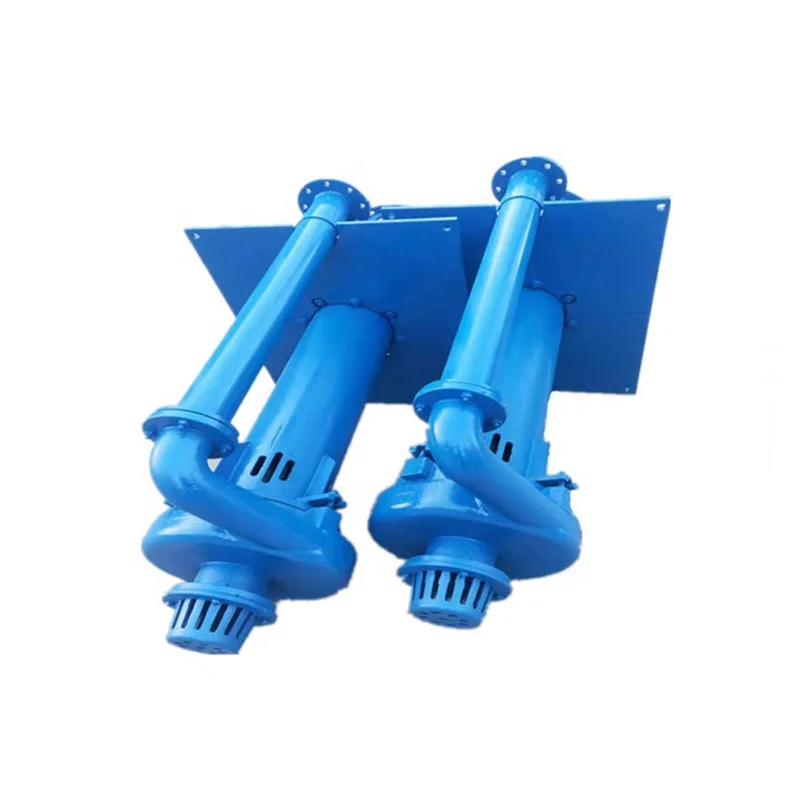
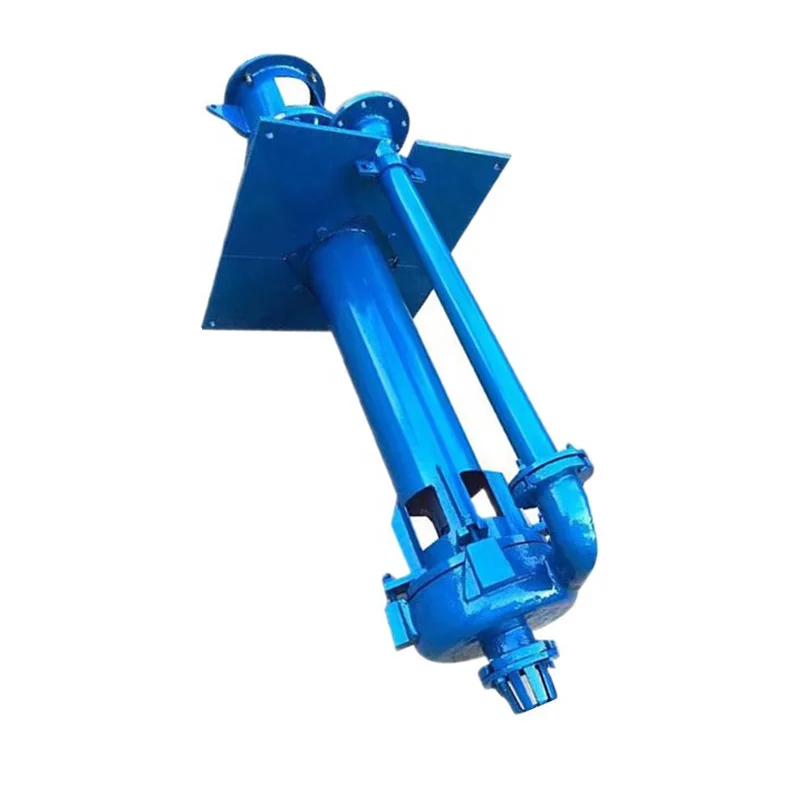

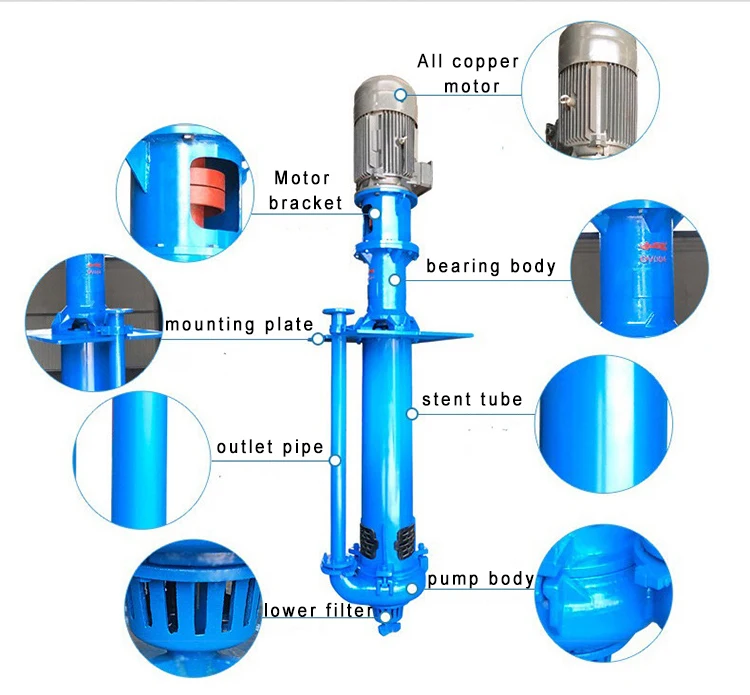
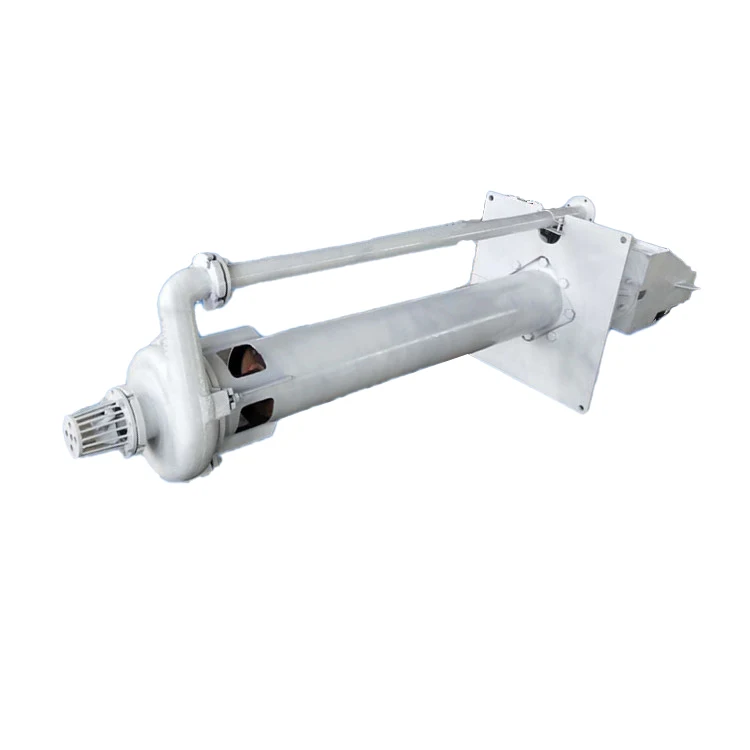
Please login to write a comment after